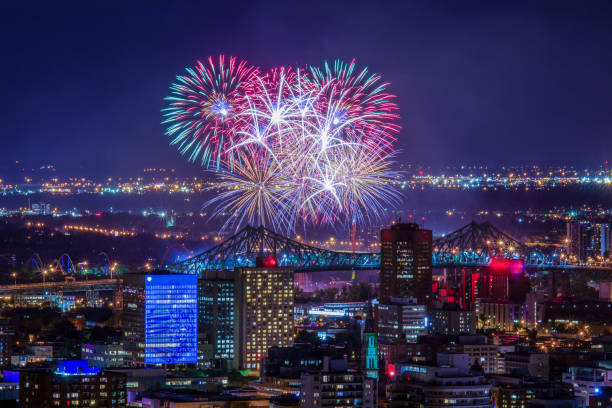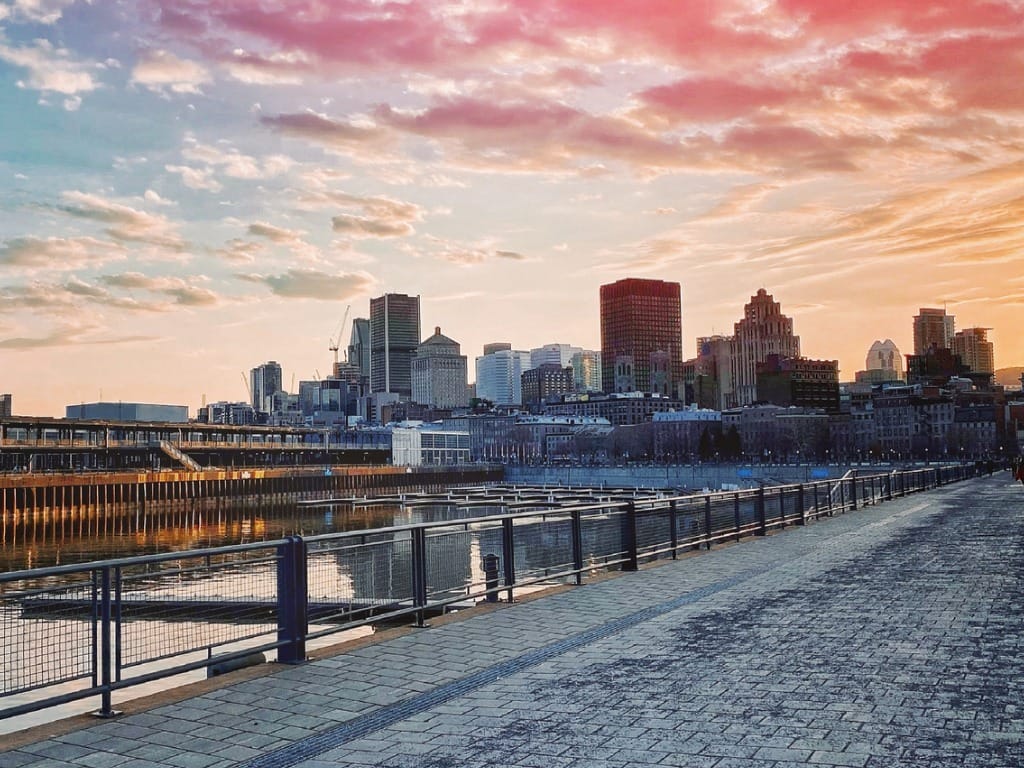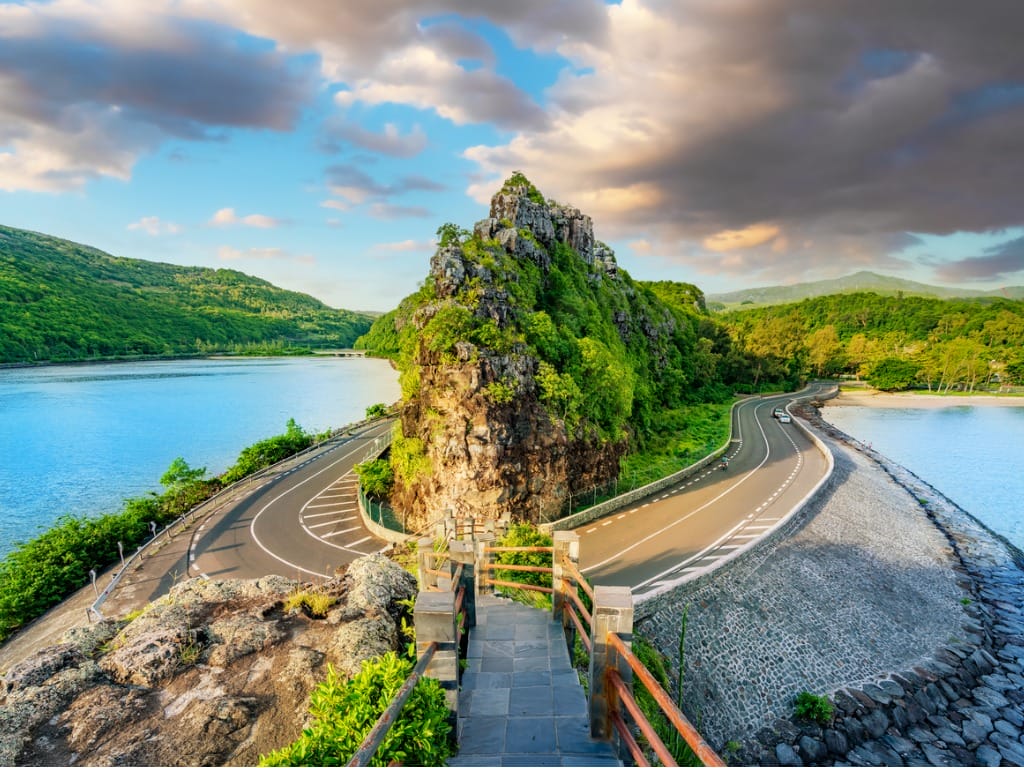Montreal, the largest city in the province of Quebec, is often referred to as a mosaic of cultures, with its diverse neighborhoods representing the many facets of this multicultural metropolis. From its historical roots to its vibrant festivals and events, Montreal offers a unique experience for those seeking to explore its diverse tapestry. Let’s take a closer look at the city’s neighborhoods and the cultural experiences they hold.
The Historical Roots of Montreal’s Diversity
Nestled on the picturesque island of Montreal, the city’s diversity can be traced back to its rich history. As one of the oldest cities in North America, Montreal was shaped by the influence of French and English cultures.
The French-speaking population, descendants of the city’s founders, still permeates many of Montreal’s neighborhoods, with names like Plateau Mont-Royal, Parc Extension, and Mile End carrying echoes of the past. Meanwhile, the English-speaking community has left its mark on areas like Westmount and Côte-des-Neiges, creating a linguistic and cultural blend that is unique to Montreal.
The Influence of French and English Cultures
Montreal’s French-speaking neighborhoods offer a glimpse into the city’s Francophone heritage. The cobblestone streets of Old Montreal take you back in time, with its charming architecture and historic landmarks. Take a walk along Rue Saint-Paul and immerse yourself in the city’s past.
On the other hand, English-speaking neighborhoods like Westmount offer a different perspective. Here, grand Victorian houses line the streets, showcasing the city’s Anglophone history. Take a stroll through Westmount Park and discover the tranquility of this English-speaking enclave.
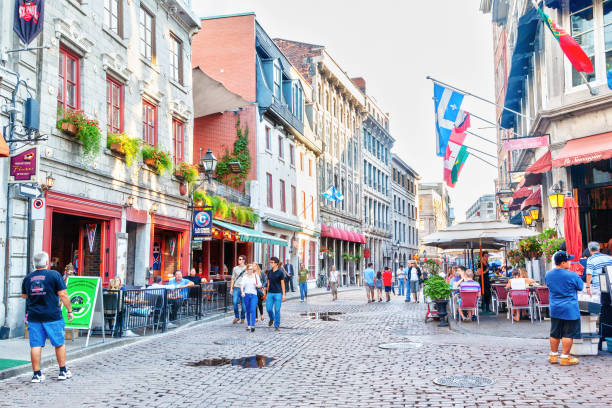
But the historical roots of Montreal’s diversity go beyond the influence of French and English cultures. The city’s vibrant tapestry is also a result of waves of immigration that have shaped its neighborhoods over the years.
Immigration Waves and Their Impact
Montreal’s diversity extends beyond its French and English roots. Over the years, the city has welcomed immigrants from around the world, resulting in the multicultural tapestry that exists today. Different waves of immigration have shaped various neighborhoods, each offering a unique cultural experience.
Plateau Mont-Royal, known for its bohemian vibe and colorful row houses, is a melting pot of cultures. Here, you can find a mix of student life, artistic communities, and diverse cuisines. Take a leisurely walk along Boulevard Saint-Laurent, known locally as “The Main,” and discover the vibrant energy of this neighborhood.
Parc Extension, located in the north of Montreal, is a haven for immigrants from all corners of the globe. With its bustling streets and international grocery stores, this neighborhood offers a taste of the world. Make sure to visit Jean-Talon Market, where fresh produce and flavors from around the globe compete for your attention.
Mile End, a neighborhood known for its artistic flair, is a creative hub where diverse cultures collide. Here, you can explore independent boutiques, galleries, and cafes, showcasing the eclectic mix of influences that make Montreal truly unique. Grab a bagel from St-Viateur Bagel Shop, a local institution serving up Montreal-style bagels since 1957.
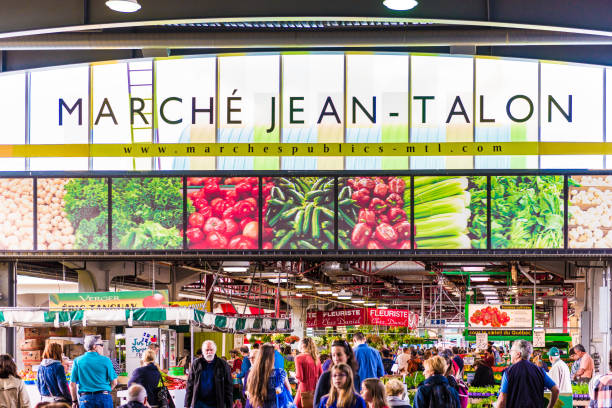
As you wander through Montreal’s neighborhoods, you’ll find yourself immersed in a rich tapestry of cultures and histories. From the French and English roots that shaped the city to the waves of immigration that have added layers of diversity, Montreal is a city where different cultures coexist and thrive. Whether you’re exploring the cobblestone streets of Old Montreal or indulging in the flavors of Jean-Talon Market, each neighborhood offers a unique experience that contributes to the vibrant mosaic of Montreal’s diversity.
The Role of Food in Montreal’s Cultural Diversity
No exploration of Montreal’s diverse neighborhoods would be complete without diving into the city’s culinary scene. Food plays a central role in bringing together different communities and celebrating their cultural heritage.
The Culinary Delights of Little Italy
Located in the heart of Montreal, Little Italy is a neighborhood that celebrates the city’s Italian heritage through its delicious cuisine. Stroll along Boulevard Saint-Laurent and stop by the famous Jean-Talon Market, where you can indulge in freshly made pasta, imported cheeses, and delectable pastries. Don’t miss a visit to legendary Italian restaurants like Elena and Bottega Pizzeria, where traditional flavors come alive.
The Exotic Flavors of Chinatown
Montreal’s Chinatown is a vibrant neighborhood that enchants visitors with its colorful streets and enticing aromas. Explore the bustling food markets, such as Marché Oriental and Supermarché T&T, and sample authentic Chinese dishes like dim sum and Peking duck. For an upscale dining experience, Dragon Beard Kitchen and Restaurant offers a fusion of Cantonese and Szechuan flavors.
The Comfort Foods of Jewish Quarter
The Jewish Quarter, also known as Mile End, is home to an array of delicacies that reflect the city’s Jewish heritage. Indulge in fresh bagels from Fairmount Bagel or St-Viateur Bagel Shop, both institutions that have perfected the art of making Montreal-style bagels. For a taste of traditional Jewish cuisine, Schwartz’s Deli, famous for its smoked meat sandwiches, is a must-visit.
Celebrating Diversity: Festivals and Events in Montreal
In true Montreal fashion, the city embraces its diversity through a calendar filled with vibrant festivals and events that showcase different cultures.
The Colorful Celebrations of Gay Village
Montreal’s Gay Village is one of the largest LGBTQ+ neighborhoods in North America and is renowned for its lively celebrations. The annual Montreal Pride Parade, a vibrant display of inclusivity and empowerment, is a highlight of the city’s festival calendar. Join in the festivities, dance to the music, and immerse yourself in the spirit of love and acceptance.
The Music and Dance of Latin Quarter
The Latin Quarter, with its lively atmosphere and thriving artistic scene, is a hub for music and dance enthusiasts. During the Montreal International Jazz Festival, the city comes alive with the sounds of jazz, attracting renowned musicians from around the world. Dance the night away at salsa clubs like Club 649 and experience the rhythm and passion of Latin American culture.
The Traditional Festivities of Old Montreal
Old Montreal, with its cobblestone streets and historic charm, is the perfect backdrop for traditional celebrations. From the Christmas markets that transform Place Jacques-Cartier into a winter wonderland to the extravagant fireworks displays of the Montreal International Fireworks Competition, this neighborhood knows how to captivate visitors with its enchanting events.
Montreal’s diverse neighborhoods offer a tapestry of cultures waiting to be explored. From the vibrant streets of Plateau Mont-Royal to the flavors of Little Italy and the festive celebrations of Gay Village, each neighborhood has its own unique charm. So, grab a map, put on your walking shoes, and immerse yourself in the rich montage that is Montreal.
